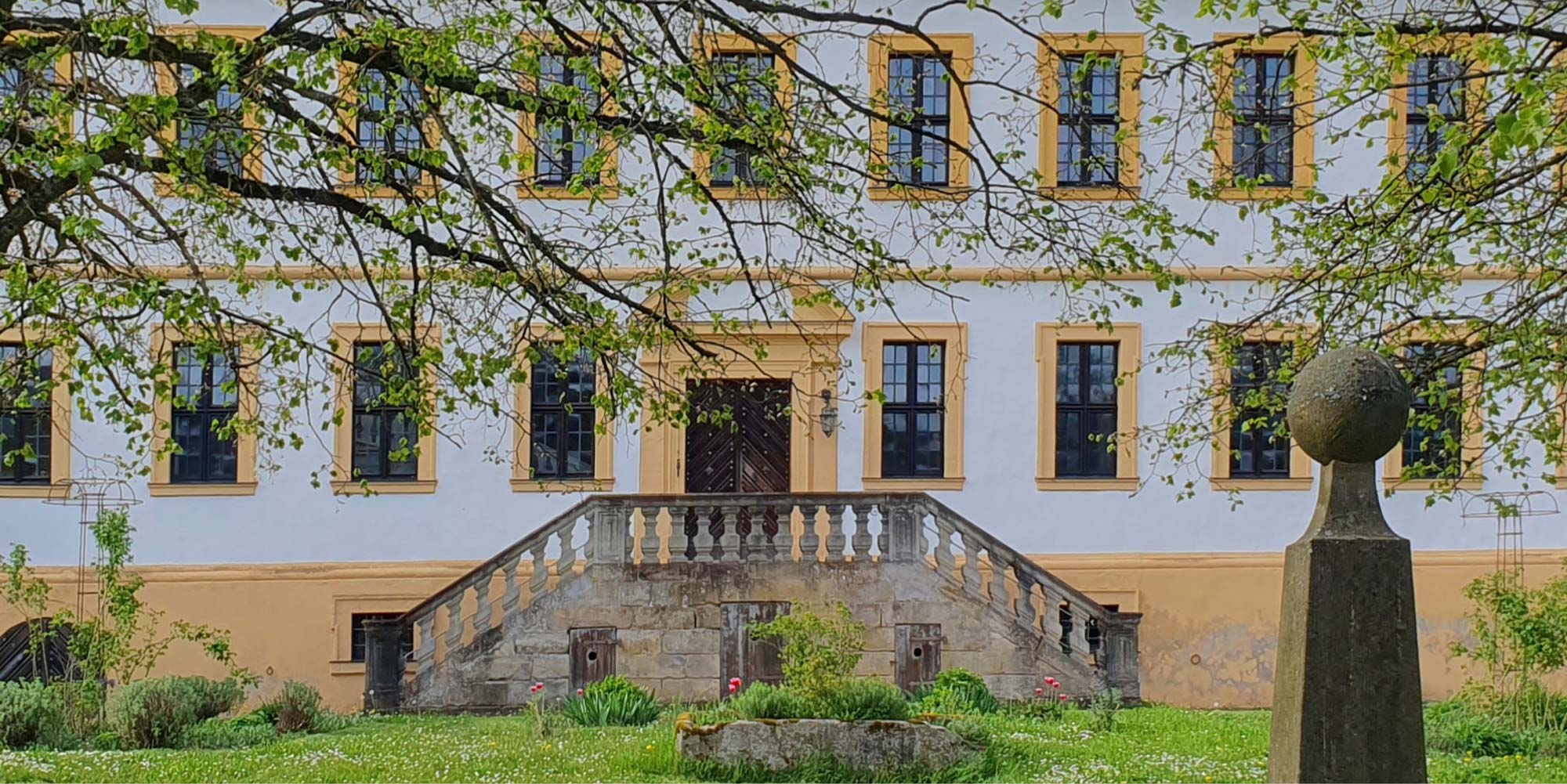Tuesday, 2 April, 7:30 pm
Online film premiere
An Italian Gallery
Save the date. Our new concert film will be online from Tuesday, 2 April, 7:30 pm and we look forward to welcoming numerous premiere guests. :)
Air Campaign for a Children's Home in Western Ukraine
The donated bus is now in service
Thanks to numerous donations - heartfelt thanks for all of them - and in cooperation with the Rotary Club Obermain, a bus could be purchased to be used by a children's home in Western Ukraine. Meanwhile it has arrived there, and we are happy that it will support the many extremely commited members of staff in this children's home in their so very important work.

